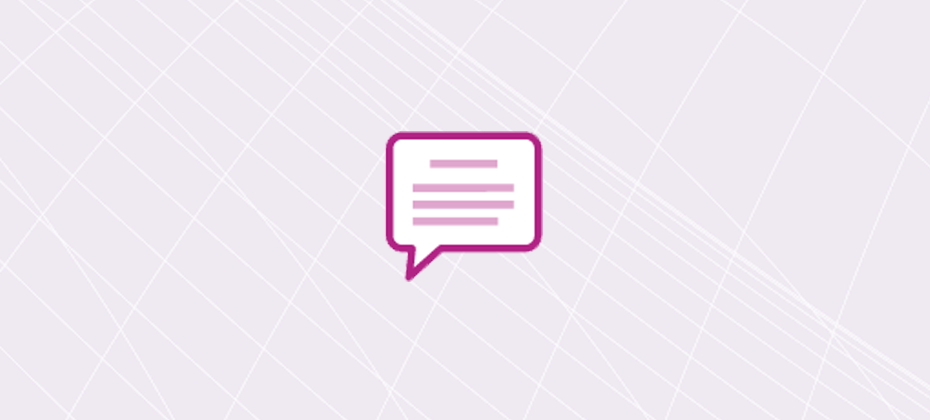All posts by Alan Ikemura

With the raising of the U.S. debt ceiling and its recent ramifications consuming the headlines over the past month, I began to wonder what would happen if the general credit consumer had made a similar argument to their credit lender. Something along the lines of, “Can you please increase my credit line (although I am maxed out)? I promise to reduce my spending in the future!” While novel, probably not possible. In fact, just the opposite typically occurs when an individual begins to borrow up to their personal “debt ceiling.” When the amount of credit an individual utilizes to what is available to them increases above a certain percentage, it can adversely affect their credit score, in turn affecting their ability to secure additional credit. This percentage, known as the utility rate is one of several factors that are considered as part of an individual’s credit score calculation. For example, the utilization rate makes up approximately 23% of an individual’s calculated VantageScore® credit score. The good news is that consumers as a whole have been reducing their utilization rate on revolving credit products such as credit cards and home equity lines (HELOCs) to the lowest levels in over two years. Bankcard and HELOC utilization is down to 20.3% and 49.8%, respectively according to the Q2 2011 Experian – Oliver Wyman Market Intelligence Reports. In addition to lowering their utilization rate, consumers are also doing a better job of managing their current debt, resulting in multi-year lows for delinquency rates as mentioned in my previous blog post. By lowering their utilization and delinquency rates, consumers are viewed as less of a credit risk and become more attractive to lenders for offering new products and increasing credit limits. Perhaps the government could learn a lesson or two from today’s credit consumer.

A surprising occurrence is happening in the consumer credit markets. Bank card issuers are back in acquisition mode, enticing consumers with cash back, airline points and other incentives to get a share of their wallet. And while new account originations are nowhere near the levels seen in 2007, recent growth in new bank card accounts has been significant; 17.6% in Q1 2011 when compared to Q1 2010. So what is accounting for this resurgence in the credit card space while the economy is still trying to find its footing and credit is supposedly still difficult to come by for the average consumer? Whether good or bad, the economic crisis over the past few years appears to have improved consumers debt management behavior and card issuers have taken notice. Delinquency rates on bank cards are lower than at any time over the past five years and when compared to the start of 2009 when bank card delinquency was peaking; current performance has improved by over 40%. These figures have given bank card issuers the confidence to ease their underwriting standards and re-establish their acquisition strategies. What’s interesting however is the consumer segments that are driving this new growth. When analyzed by VantageScore, new credit card accounts are growing the fastest in the VantageScore D and F tiers with 46% and 53% increases year over year respectively. For comparison, VantageScore A and B tiers saw 5% and 1% increases during the same time period respectively. And although VantageScore D and F represent less than 10% of new bank card origination volume ($ limits), it is still surprising to see such a disparity in growth rates between the risk categories. While this is a clear indication that card issuers are making credit more readily available for all consumer segments, it will be interesting to see if the debt management lessons learned over the past few years will stick and delinquency rates will continue to remain low. If these growth rates are any indication, the card issuers are counting on it.